| Selo | Sunstone Press |
|---|---|
| Edição | 0 |
| Idioma | Inglês |
| Autores | Thomas Grissom |
| Acabamento | Capa Comum |
| Quantidade de Páginas | 236 |
| Origem | Literatura Estrangeira |
Sacred Oak Publishing
R$ 320,07 ou até 3x sem juros 3S dos Megaeventos esportivos Soft Power, Sportswashing, Sports Diplomacy: as Copas do Mundo e os países periféricos
3S dos Megaeventos esportivos Soft Power, Sportswashing, Sports Diplomacy: as Copas do Mundo e os países periféricos
Annablume
R$ 70,00 à vista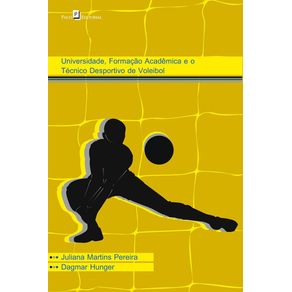 Universidade, formação acadêmica e o técnico desportivo de voleibol
Universidade, formação acadêmica e o técnico desportivo de voleibol
Paco Editorial
R$ 41,90 à vista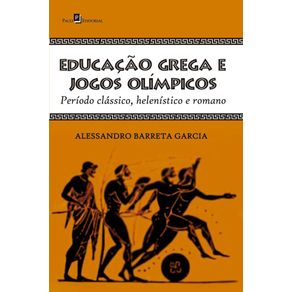 Educação grega e jogos olímpicos:período clássico, helenístico e romano
Educação grega e jogos olímpicos:período clássico, helenístico e romano
Paco Editorial
R$ 33,90 à vista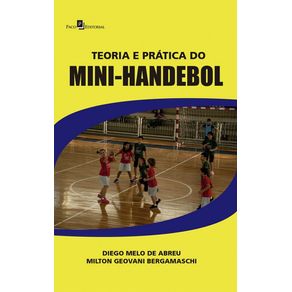 Teoria e prática do mini-handebol
Teoria e prática do mini-handebol
Paco Editorial
R$ 81,20 à vista Bem-estar e qualidade de vida no envelhecimento
Bem-estar e qualidade de vida no envelhecimento
Paco Editorial
R$ 43,90 à vista Sopescando Desbravando As Águas
Sopescando Desbravando As Águas
Clube de Autores
R$ 92,42 à vista Empoderando o jogo: os reflexos da gravidez no contrato de direito de imagem das jogadoras de futebol
Empoderando o jogo: os reflexos da gravidez no contrato de direito de imagem das jogadoras de futebol
Cartola Editora
R$ 41,90 à vista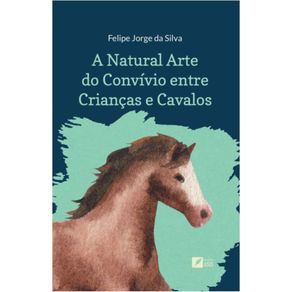 A Natural Arte do Convívio entre Crianças e Cavalos - Ensino do Equino de Equoterapia
A Natural Arte do Convívio entre Crianças e Cavalos - Ensino do Equino de Equoterapia
Ases da Literatura
R$ 49,90 à vista Da União Europeia ao caso Jean-Marc Bosman
Da União Europeia ao caso Jean-Marc Bosman
Telha
R$ 55,00 à vista 2012: o ano eterno
2012: o ano eterno
Onze Cultural
R$ 179,00 ou até 3x sem juros Brazilian and German football: From fan culture to policies preventing violence
Brazilian and German football: From fan culture to policies preventing violence
AutorEsporte
R$ 41,90 à vista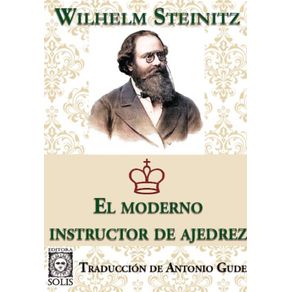 El Moderno Instructor De Ajedrez
El Moderno Instructor De Ajedrez
Solis
R$ 135,00 ou até 2x sem juros O próximo passo: Mulheres ensinam xadrez
O próximo passo: Mulheres ensinam xadrez
Solis
R$ 80,00 à vista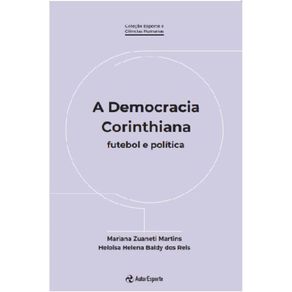 A democracia corinthiana - futebol e política
A democracia corinthiana - futebol e política
AutorEsporte
R$ 59,00 à vista 3S dos Megaeventos esportivos Soft Power, Sportswashing, Sports Diplomacy: as Copas do Mundo e os países periféricos
3S dos Megaeventos esportivos Soft Power, Sportswashing, Sports Diplomacy: as Copas do Mundo e os países periféricos
Annablume
R$ 70,00 à vista Universidade, formação acadêmica e o técnico desportivo de voleibol
Universidade, formação acadêmica e o técnico desportivo de voleibol
Paco Editorial
R$ 41,90 à vista Capoeiras e malandros:pedaços de uma sonora tradição popular (1890-1950)
Capoeiras e malandros:pedaços de uma sonora tradição popular (1890-1950)
Paco Editorial
R$ 69,90 à vista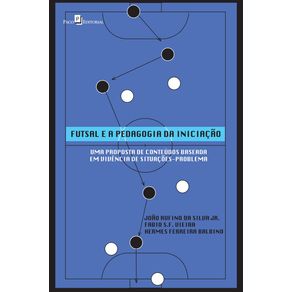 Futsal e a pedagogia da iniciação: uma proposta de conteúdos baseada em vivência de situações-problema
Futsal e a pedagogia da iniciação: uma proposta de conteúdos baseada em vivência de situações-problema
Paco Editorial
R$ 36,90 à vista Capoeira for export:percursos e dilemas da capoeira no contexto global
Capoeira for export:percursos e dilemas da capoeira no contexto global
Paco Editorial
R$ 49,90 à vista No esporte e na defesa
No esporte e na defesa
Rocco
R$ 99,90 à vista Sopescando Desbravando As Águas
Sopescando Desbravando As Águas
Clube de Autores
R$ 92,42 à vista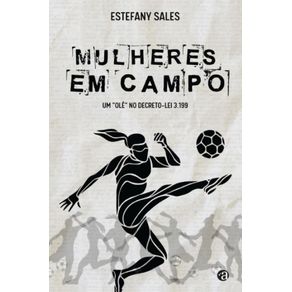 Mulheres em Campo - Um Olé no DECRETO-LEI 3.199
Mulheres em Campo - Um Olé no DECRETO-LEI 3.199
Arte Impressa Editora
R$ 37,90 à vista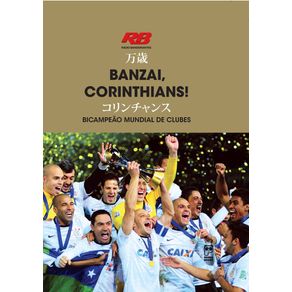 Banzai, Corinthians! bicampeão mundial de clubes
Banzai, Corinthians! bicampeão mundial de clubes
Panda Books
R$ 45,90 à vista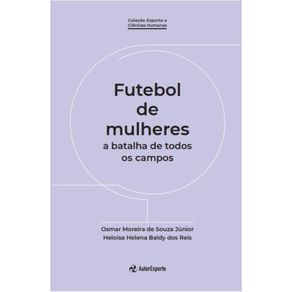 Futebol de mulheres - a batalha de todos os campos
Futebol de mulheres - a batalha de todos os campos
AutorEsporte
R$ 90,00 à vista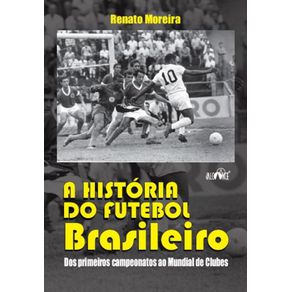 A história do futebol brasileiro - Dos primeiros campeonatos ao Mundial de Clubes
A história do futebol brasileiro - Dos primeiros campeonatos ao Mundial de Clubes
Alcance
R$ 50,00 à vista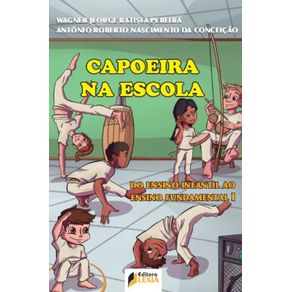 Capoeira na Escola - Do ensino infantil ao ensino fundamental I
Capoeira na Escola - Do ensino infantil ao ensino fundamental I
Editora Lexia
R$ 34,99 à vista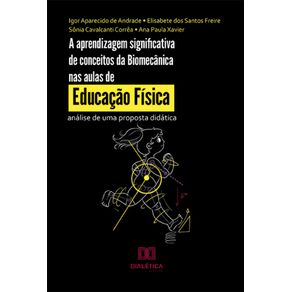 A aprendizagem significativa de conceitos da Biomecânica nas aulas de Educação Física - Análise de uma proposta didátic
A aprendizagem significativa de conceitos da Biomecânica nas aulas de Educação Física - Análise de uma proposta didátic
Dialética
R$ 68,15 à vista DEPOIS DA AVENIDA CENTRAL
DEPOIS DA AVENIDA CENTRAL
Editora Jaguatirica
R$ 67,90 à vista Brazilian and German football: From fan culture to policies preventing violence
Brazilian and German football: From fan culture to policies preventing violence
AutorEsporte
R$ 41,90 à vista 3S dos Megaeventos esportivos Soft Power, Sportswashing, Sports Diplomacy: as Copas do Mundo e os países periféricos
3S dos Megaeventos esportivos Soft Power, Sportswashing, Sports Diplomacy: as Copas do Mundo e os países periféricos
Annablume
R$ 70,00 à vista Educação grega e jogos olímpicos:período clássico, helenístico e romano
Educação grega e jogos olímpicos:período clássico, helenístico e romano
Paco Editorial
R$ 33,90 à vista Futsal e a pedagogia da iniciação: uma proposta de conteúdos baseada em vivência de situações-problema
Futsal e a pedagogia da iniciação: uma proposta de conteúdos baseada em vivência de situações-problema
Paco Editorial
R$ 36,90 à vista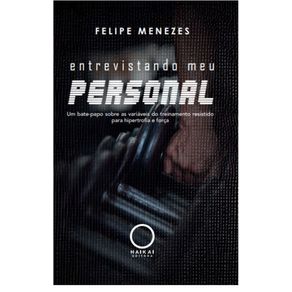 Entrevistando meu Personal - Um bate-papo sobre as variáveis do treinamento resistido para hipertrofia e força
Entrevistando meu Personal - Um bate-papo sobre as variáveis do treinamento resistido para hipertrofia e força
HAIKAI EDITORA
R$ 70,00 à vista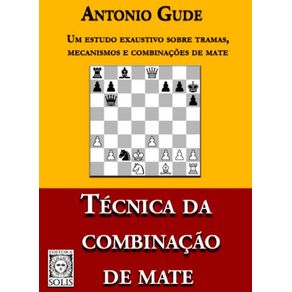 Técnica Da Combinação De Mate - Um estudo exaustivo sobre tramas, mecanismos e combinações de mate
Técnica Da Combinação De Mate - Um estudo exaustivo sobre tramas, mecanismos e combinações de mate
Solis
R$ 159,90 ou até 3x sem juros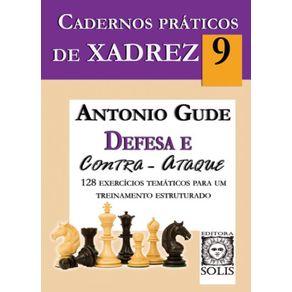 Cadernos Práticos 9 - Defesa E Contra-Ataque
Cadernos Práticos 9 - Defesa E Contra-Ataque
Solis
R$ 44,90 à vista Histórias Folclóricas Do Futsal
Histórias Folclóricas Do Futsal
Printcenterpoa
R$ 48,00 à vista Álbum Capa Brochura Copa Do Mundo Qatar 2022
Álbum Capa Brochura Copa Do Mundo Qatar 2022
Panini
R$ 12,00 à vista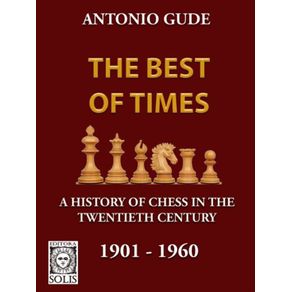 The Best Of Times 1901-1960
The Best Of Times 1901-1960
Solis
R$ 159,90 ou até 3x sem juros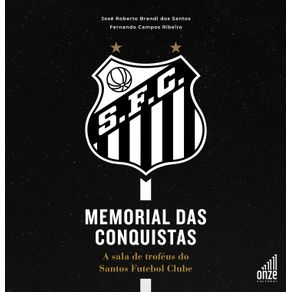 Memorial das Conquistas
Memorial das Conquistas
Onze Cultural
R$ 119,90 ou até 2x sem juros Capoeira na Escola - Do ensino infantil ao ensino fundamental I
Capoeira na Escola - Do ensino infantil ao ensino fundamental I
Editora Lexia
R$ 34,99 à vista O Brasil é do Galo!
O Brasil é do Galo!
Onze Cultural
R$ 189,90 ou até 3x sem juros El Moderno Instructor De Ajedrez
El Moderno Instructor De Ajedrez
Solis
R$ 135,00 ou até 2x sem juros A democracia corinthiana - futebol e política
A democracia corinthiana - futebol e política
AutorEsporte
R$ 59,00 à vista Fisiologia das emoções no futebol
Fisiologia das emoções no futebol
AutorEsporte
R$ 59,90 à vista